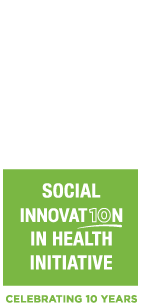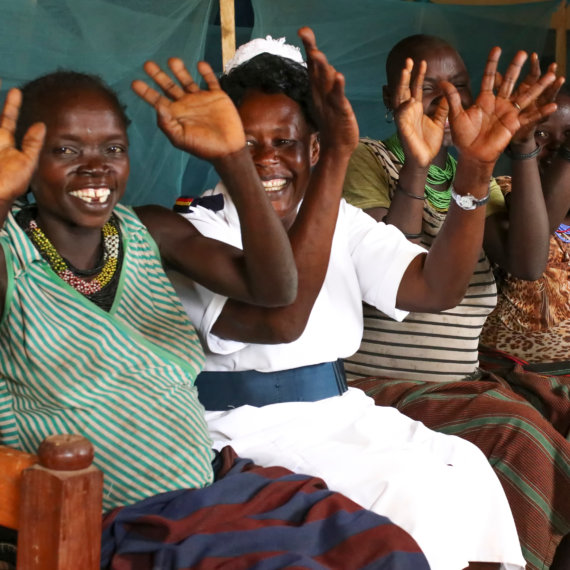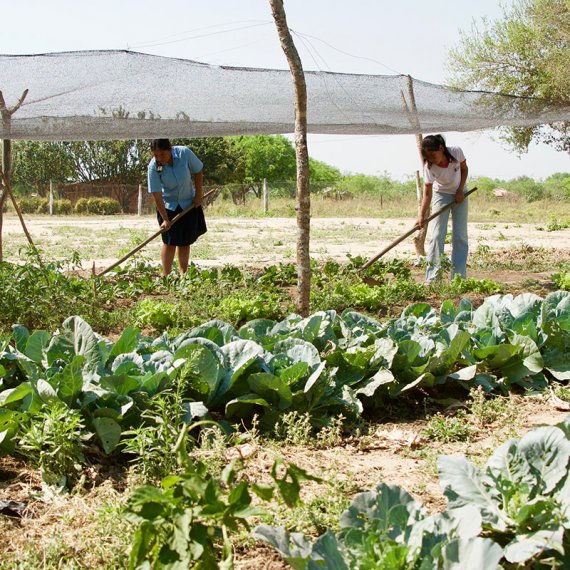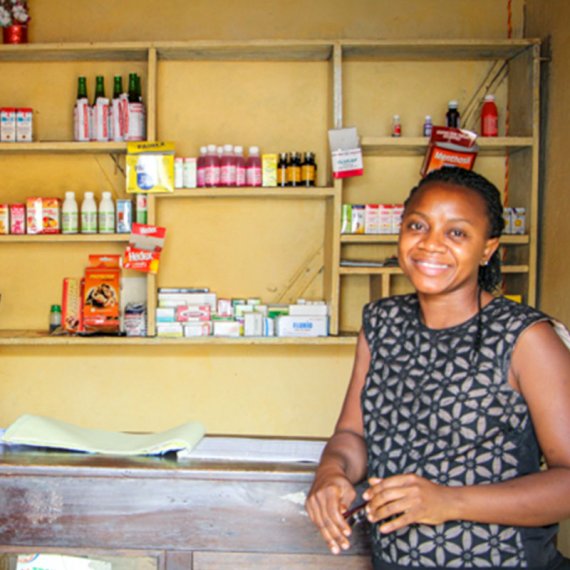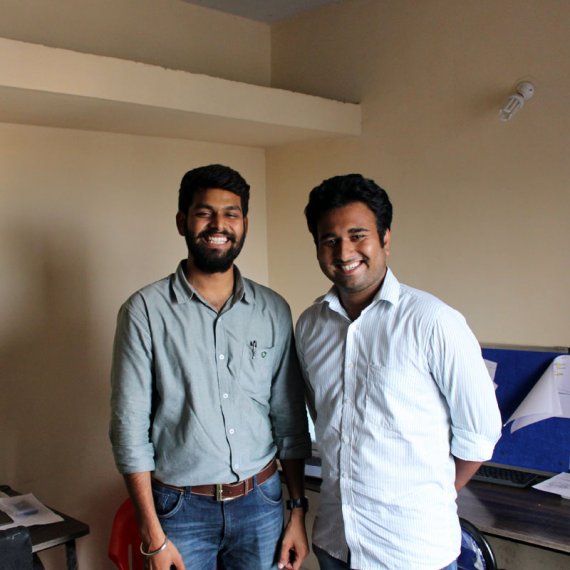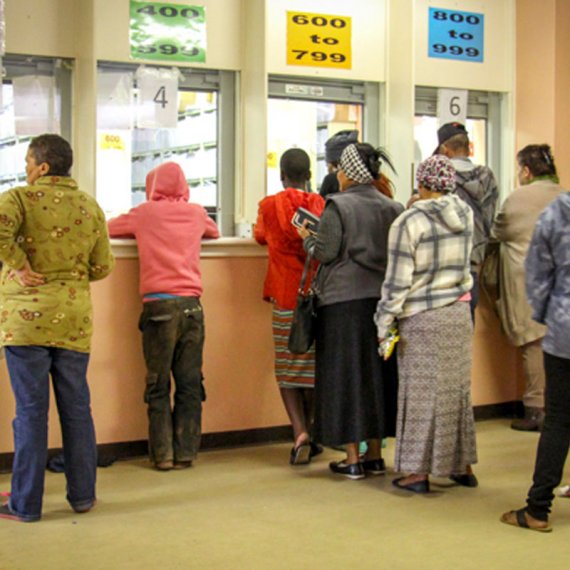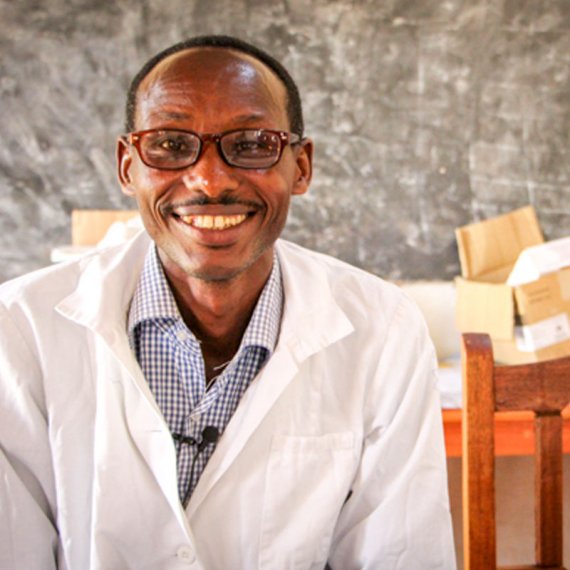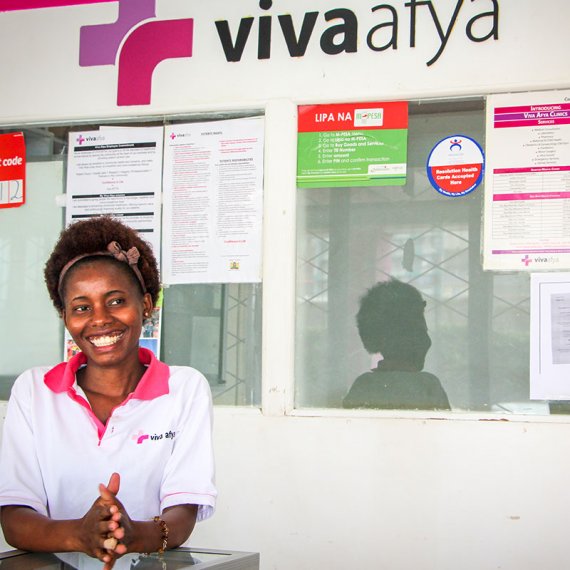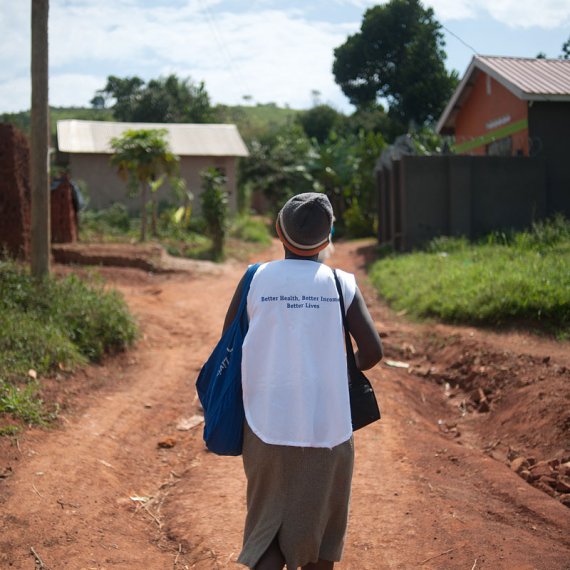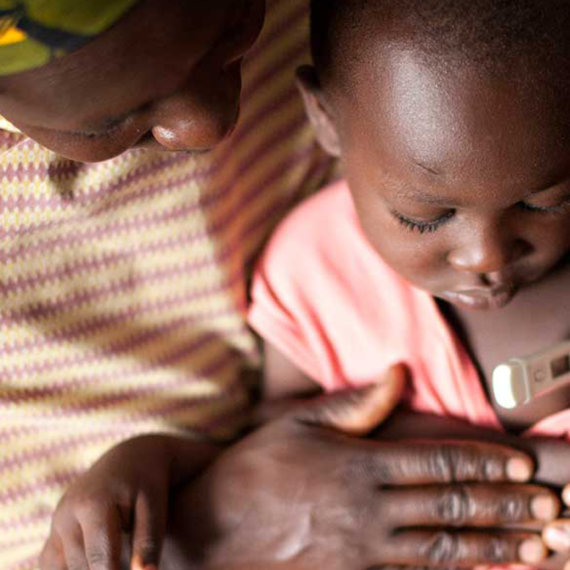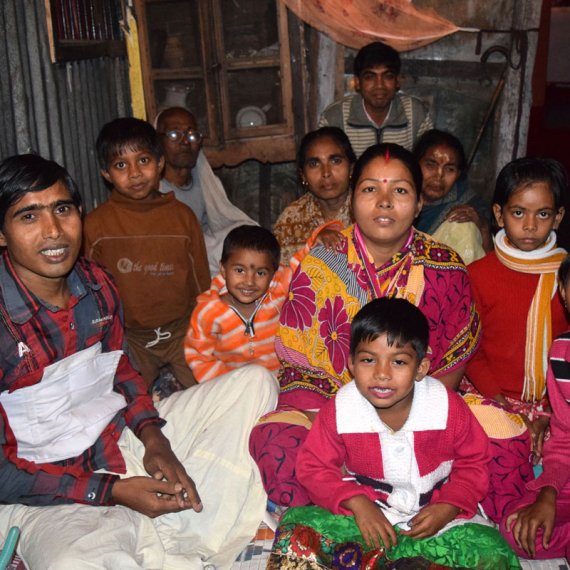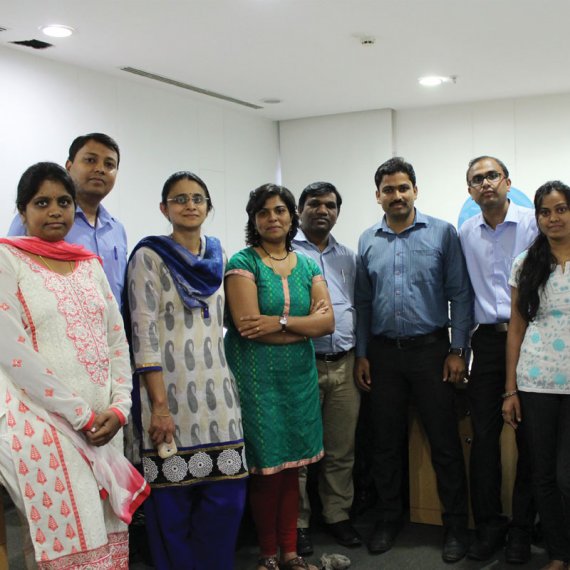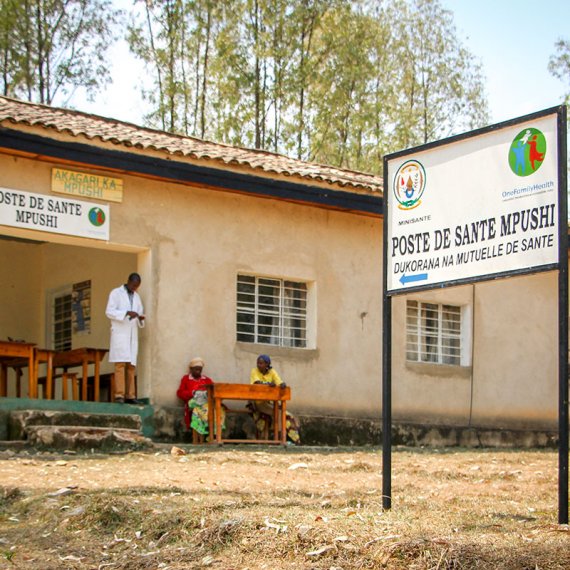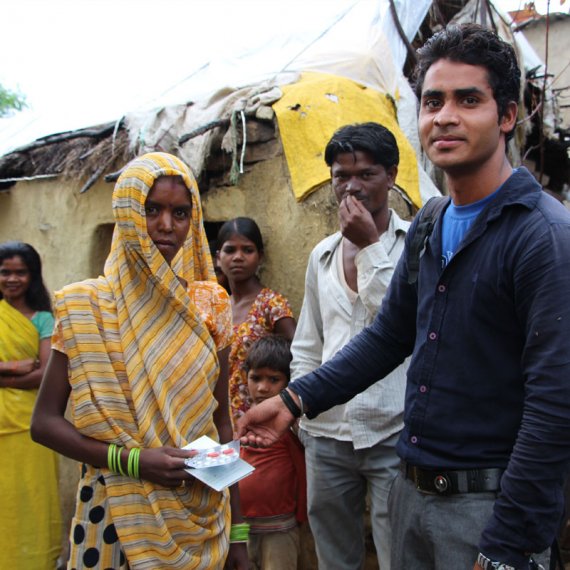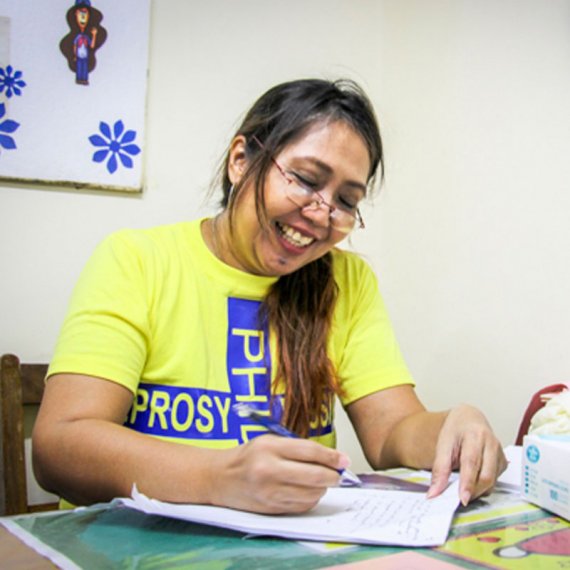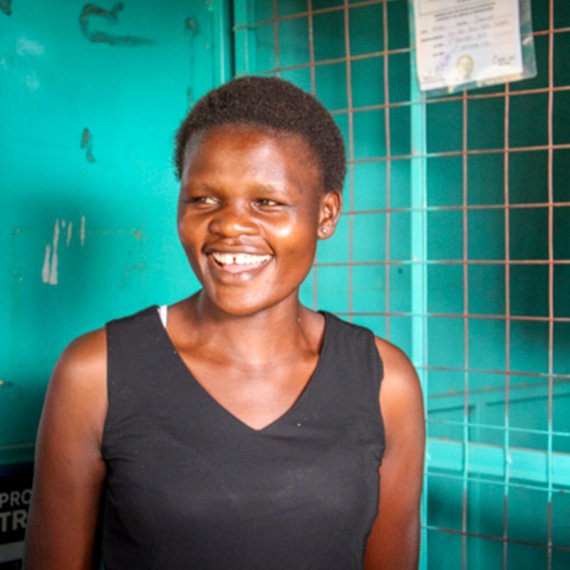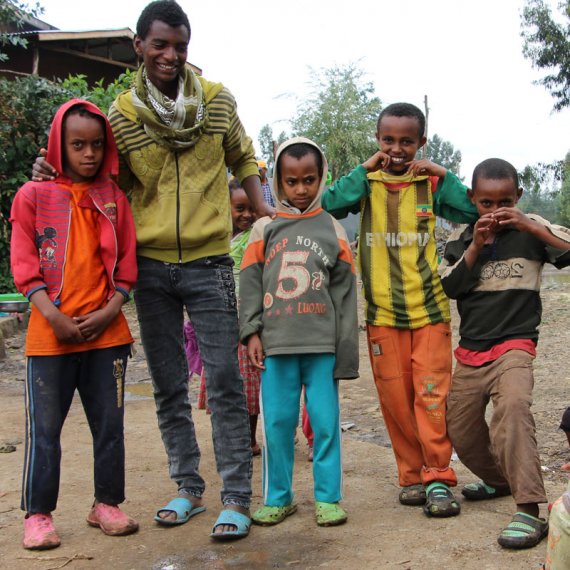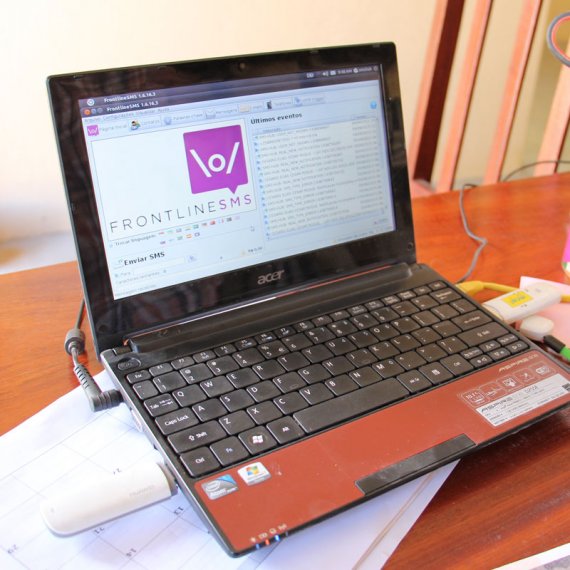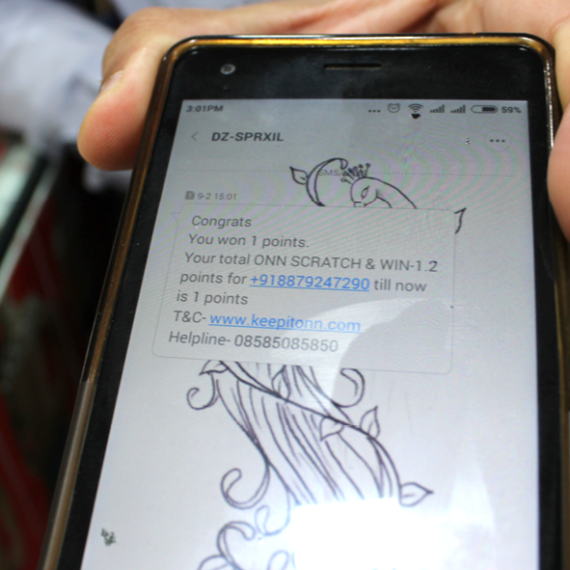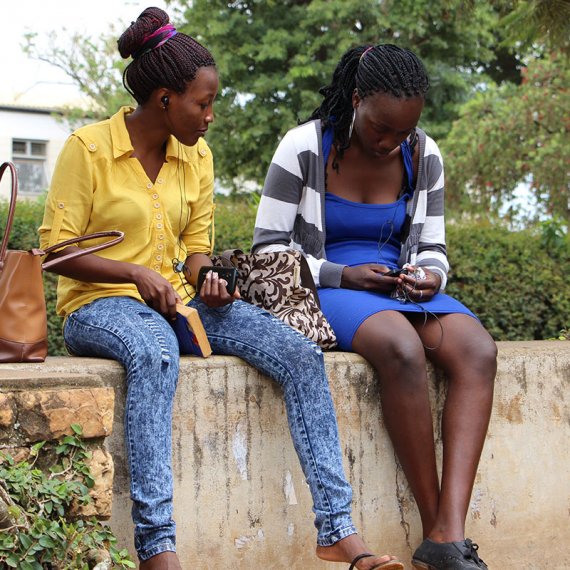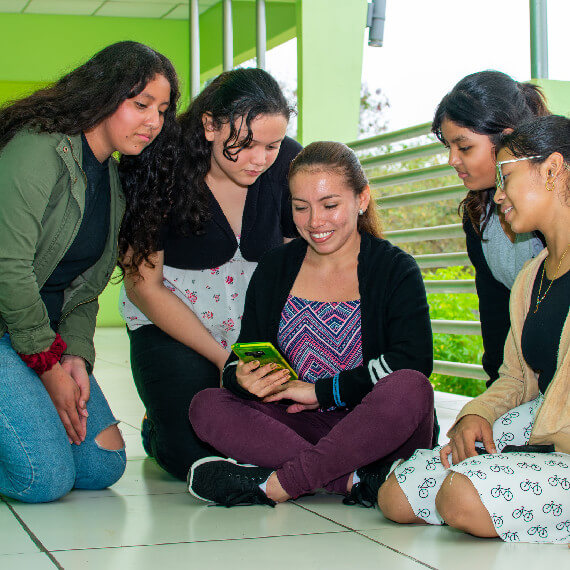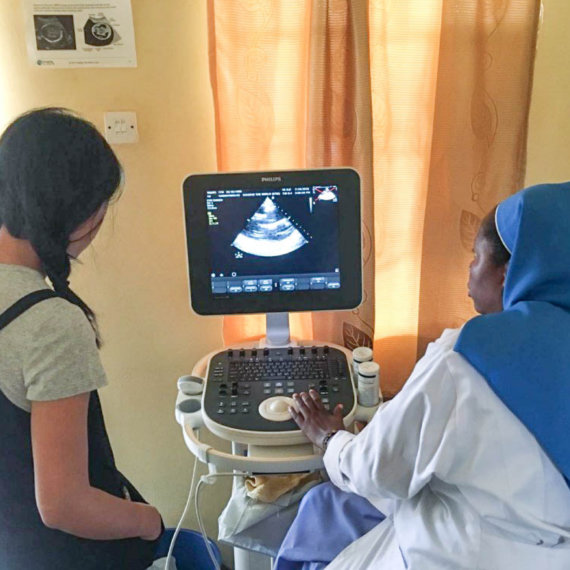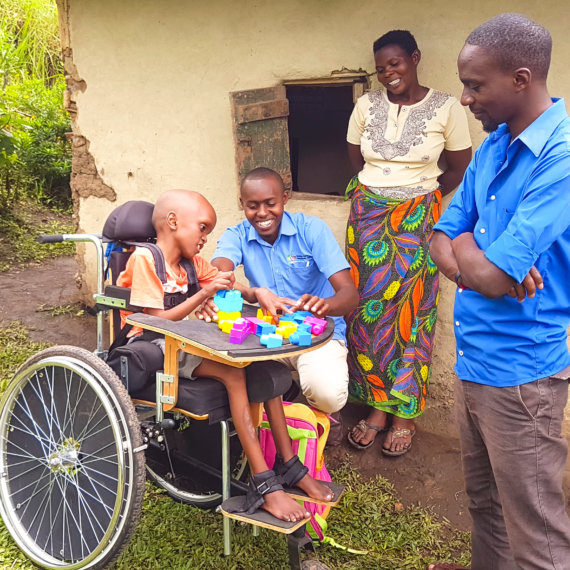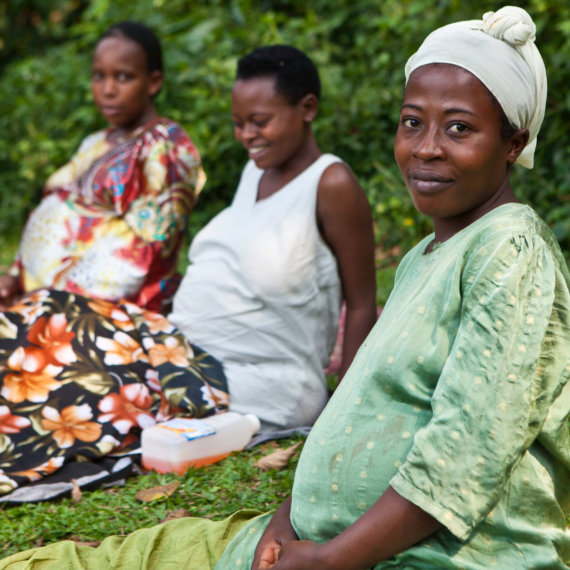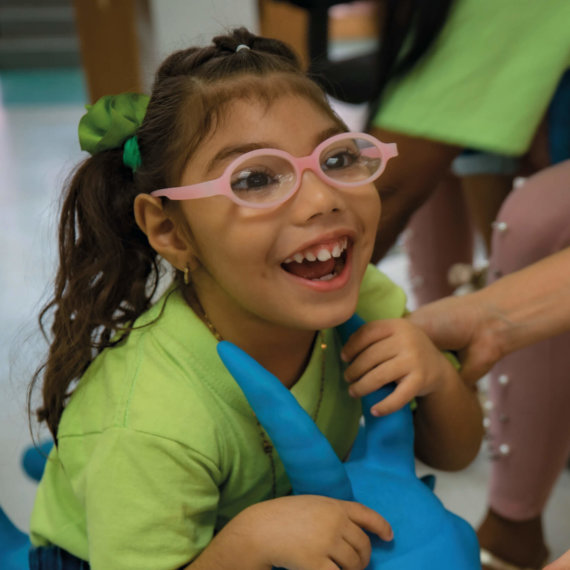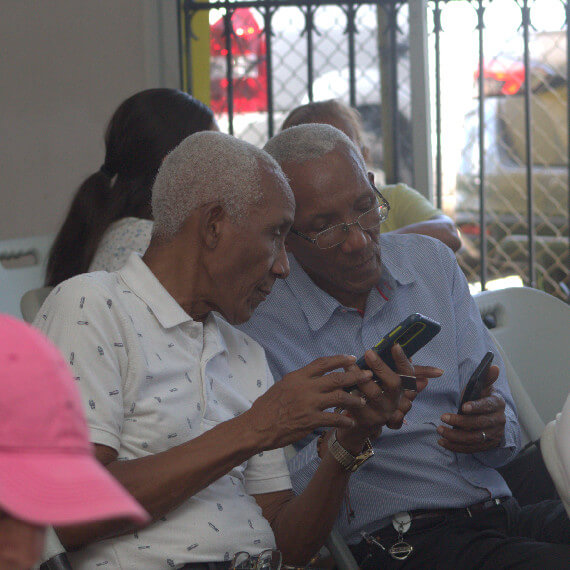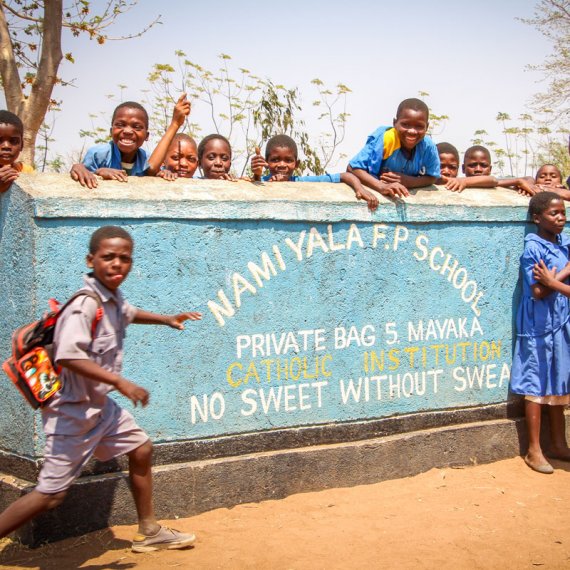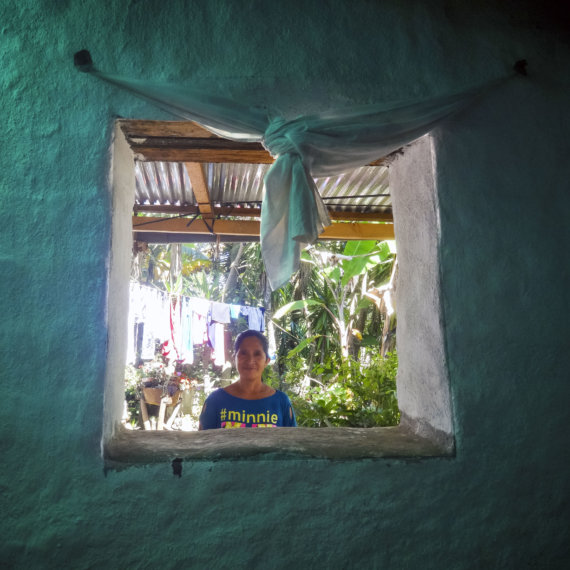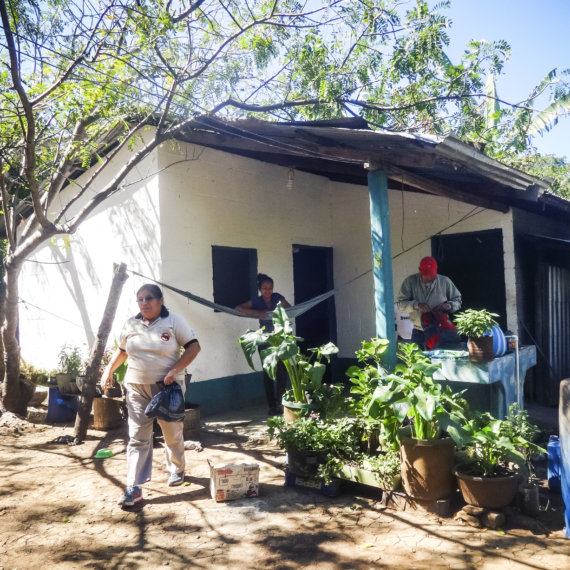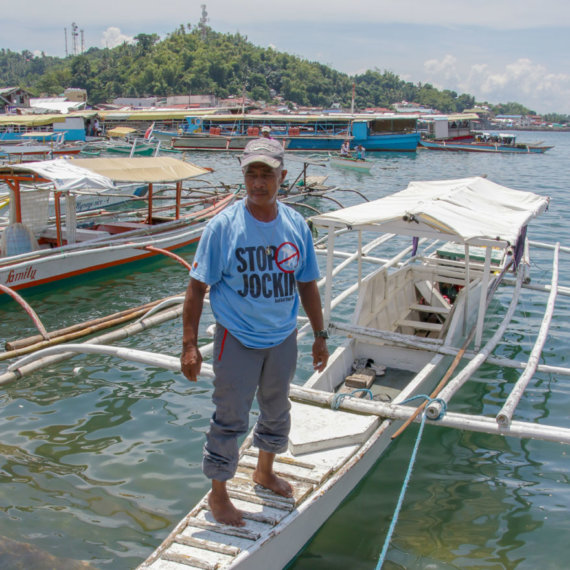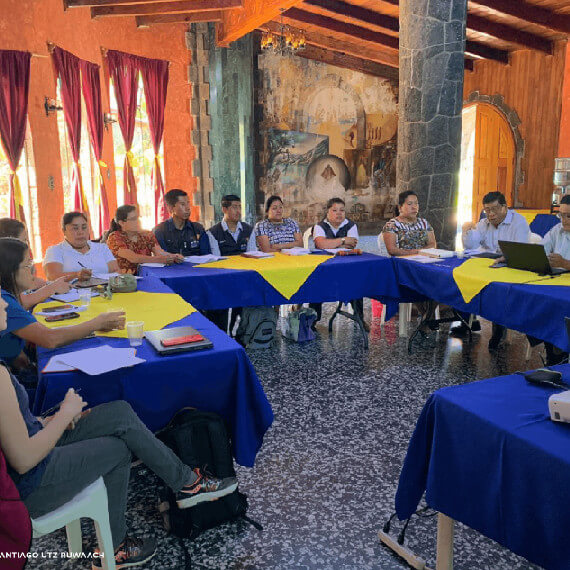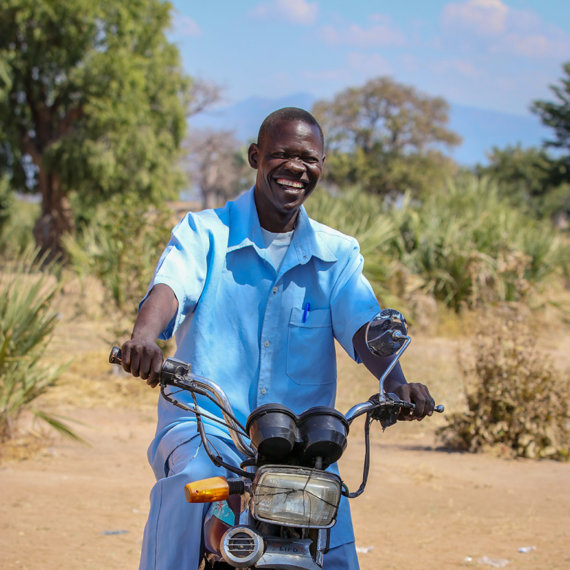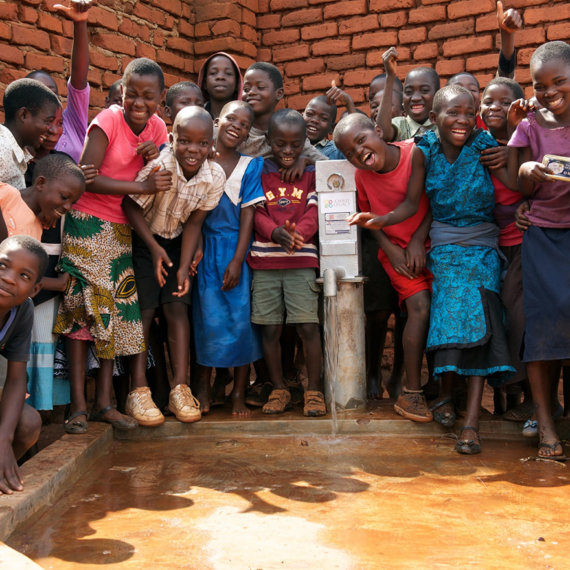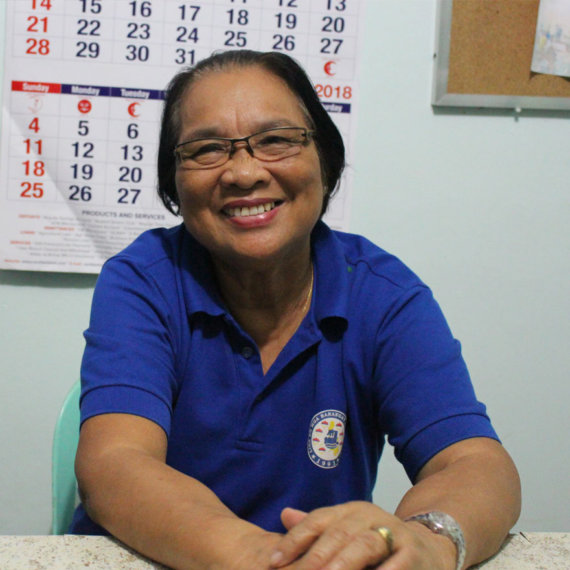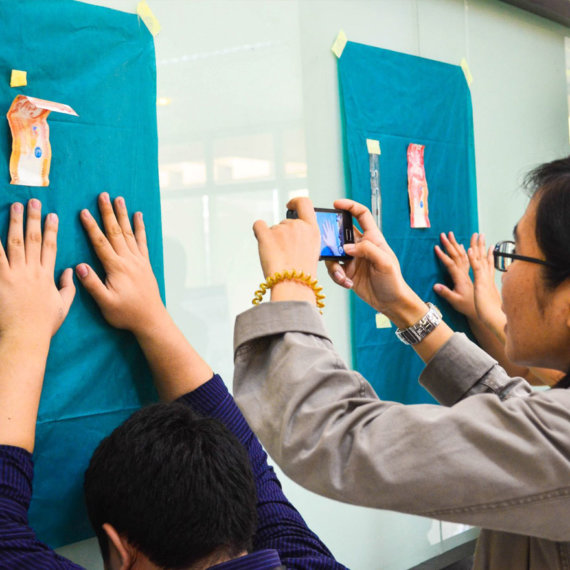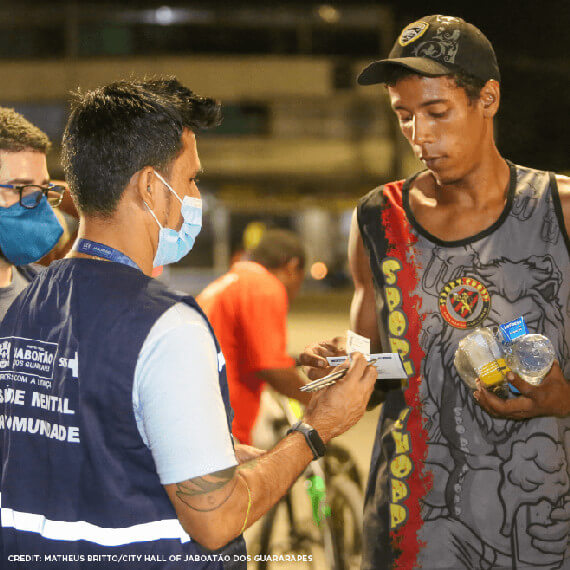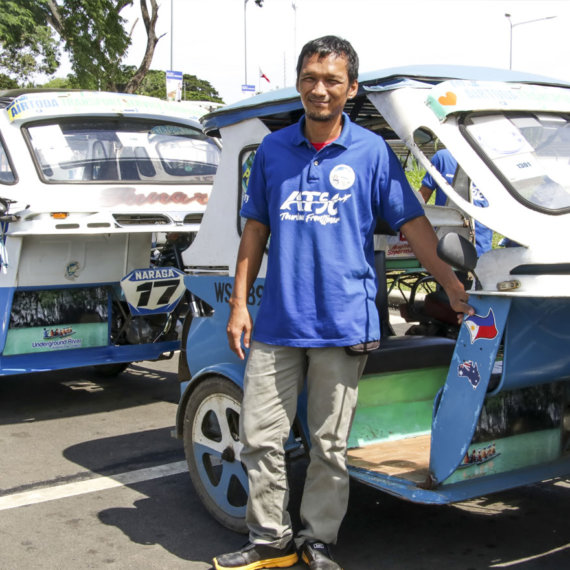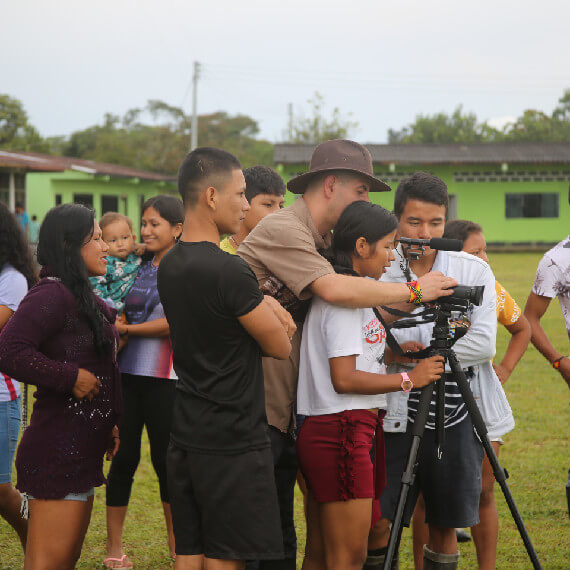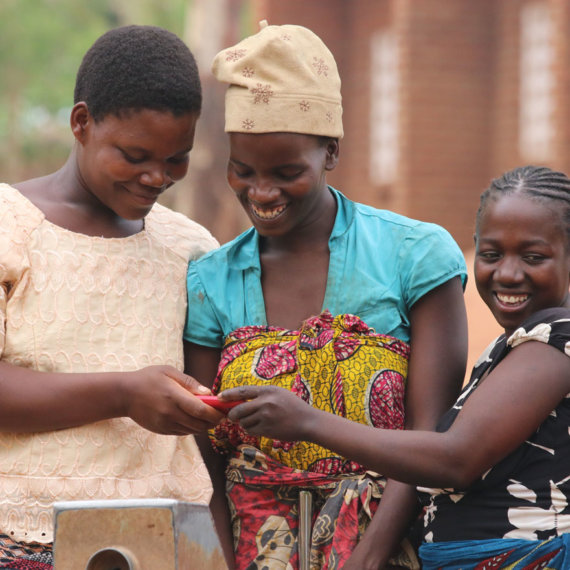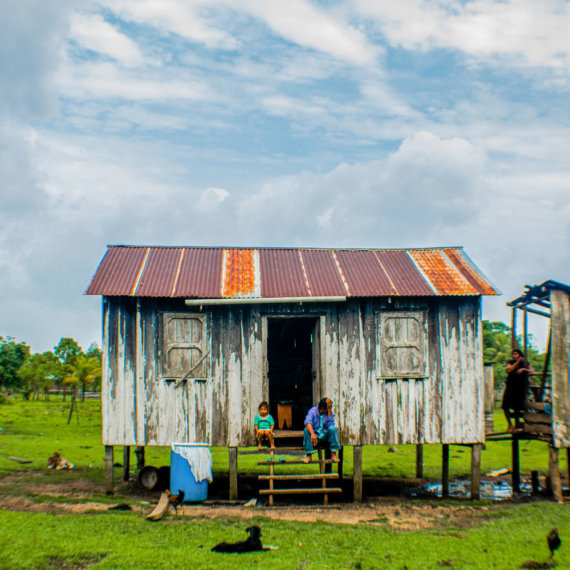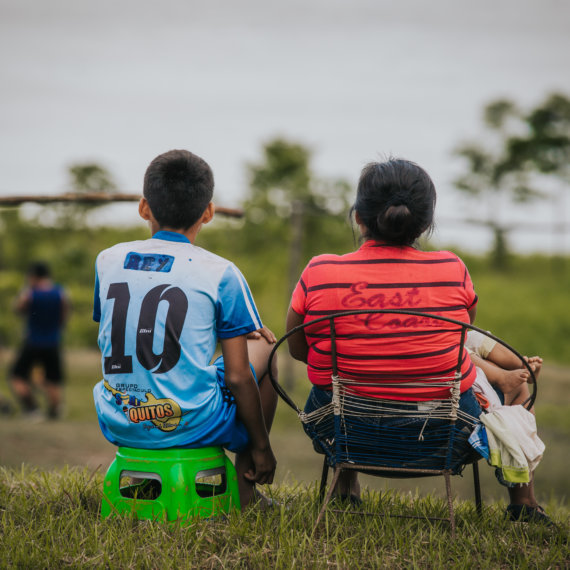Healthy Child Uganda’s MamaToto Approach
A district-led programme that operationalizes the national community health worker strategy to promote quality maternal, new-born, and child health.
CONTINENT
Africa
Country
Uganda
Location
Mbarara University of Science and Technology, Mbarara , Uganda
Founding year
2003
Organizational structure
University, Partnership
Health focus
Maternal and Child Health
Actors Involved
Non-State and Community, Patients
Programme Focus
Service Delivery, Community Training and Mobilisation
Health System Function
Human Resources for Health, Governance, Leadership, Information
CHALLENGE
Maternal and child mortality remain very high in Uganda, with 368 maternal deaths per 100,000 live births and 64 child deaths per 1000 live births occurring annually (UBoS 2016). However, most of these deaths can be prevented using proven preventive interventions and early treatment of illnesses (Lancet series on maternal and child health 2004). Due to severe shortage of health workers in Uganda – there is only 1 doctor for every 24,000 people – innovative community-level interventions which provide primary health care, are gaining increasing support in Uganda.
Through the Village Health Team (VHT) strategy in Uganda, community health volunteers (the village health team) serve as a community’s initial point of contact for health, providing public health education, treatment of common illnesses, and promotion of health and wellbeing. Thus, the main emphasis of the MamaToto approach is the operationalization of the VHT strategy, including health system strengthening.
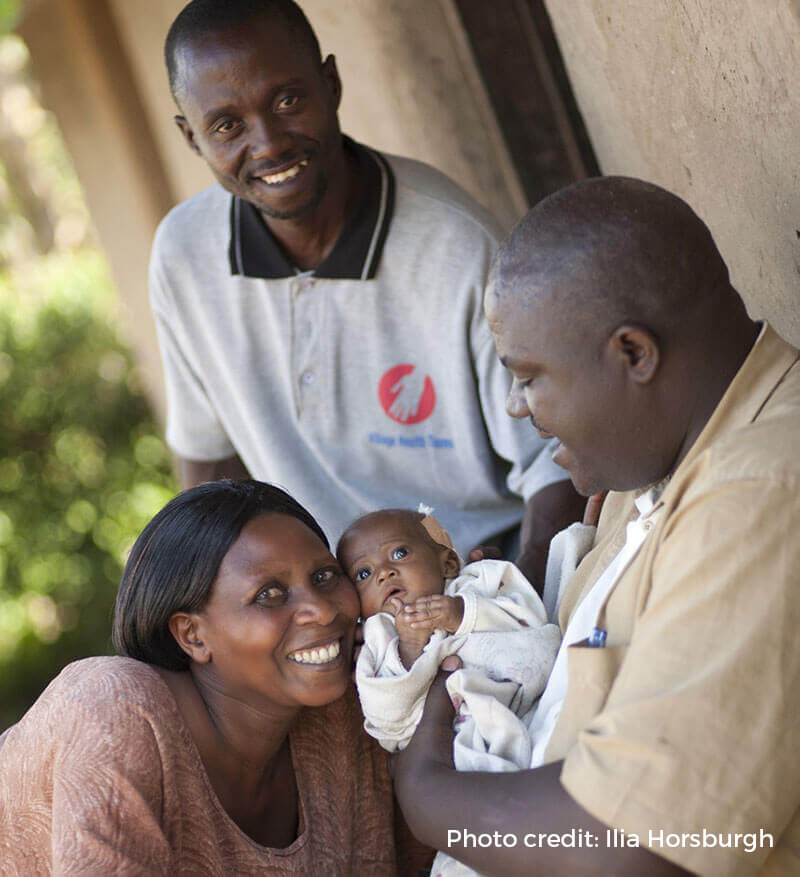
“There was an issue that we worried about in the beginning…are people willing to volunteer their time in this country where people are paid to vote? Is training volunteers in the basic skills for two weeks able to bring improvement in health? We were surprised that at the end of the project, we had over 90% retention of the VHTs.”
– Prof Kabakyenga Jerome, Executive Director, Healthy Child Uganda
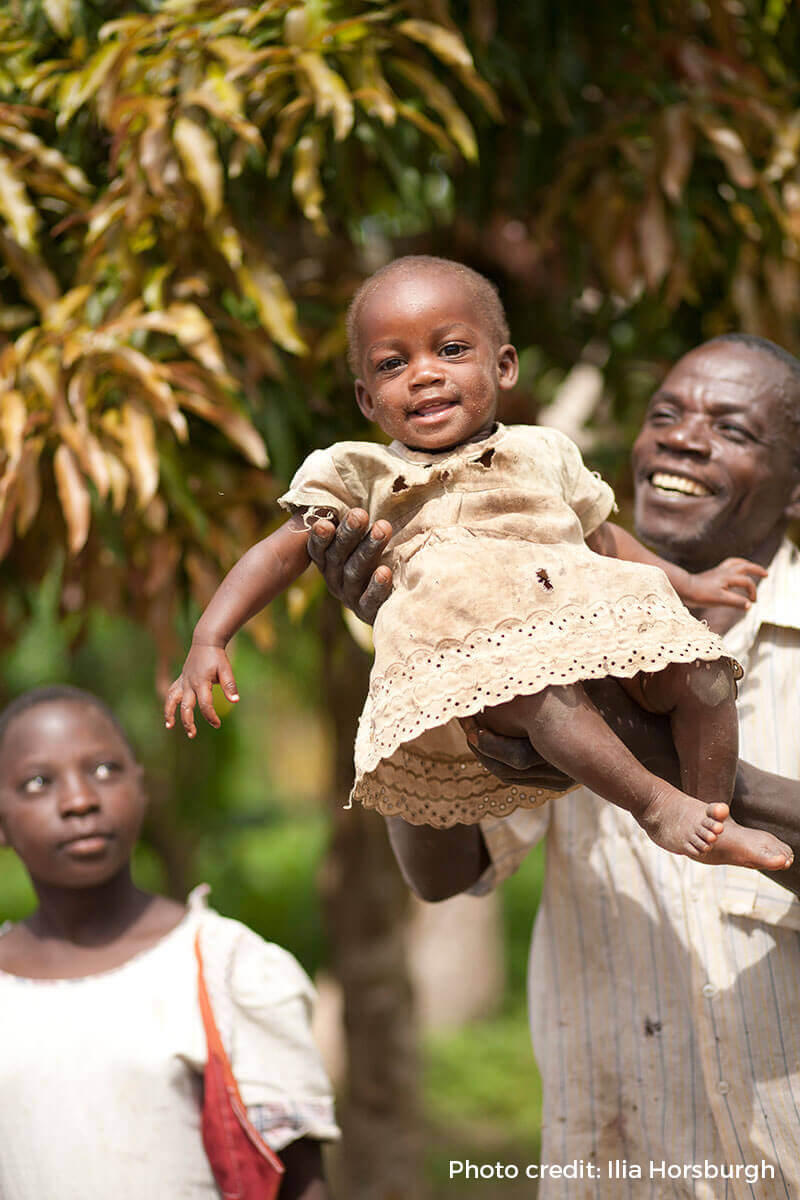
INTERVENTION
The MamaToto approach was developed from 10 years of experience implementing community based maternal and child health programs by Healthy Child Uganda, University of Calgary, the districts Mbarara, Ntungamo, Bushenyi, Rubirizi, and other partners in western Uganda.
MamaToto is a district-led program which operationalizes the Village Health Team (VHT) strategy and includes health system strengthening, to promote quality maternal, new-born and child health (MNCH) practices including antenatal care (ANC), postnatal care (PNC), safe deliveries and proper sanitation in the community. The District leaders develop, implement and monitor their own MNCH priorities in partnership with a network of community health volunteers who conduct home visits, assess and refer patients, provide health education, and mobilize communities to participate in health activities.
The MamaToto approach is uniquely characterized by a seven-step process namely; SCAN, ORIENT, PLAN, EQUIP, TRAIN, ACT AND REFLECT (SOPETAR) with defined key activities at the district, health facility and community level. SCAN involves conducting an inventory of resources, geopolitical organization and policy relevant to planning for an intervention. ORIENT provides for early engagement of stakeholders, transparency and identification of potential champions. PLAN is critical for effective implementation and to ensure alignment and integration at all levels. EQUIPPING ensures that necessary materials, supplies and equipment are acquired and distributed appropriately. TRAIN occurs during the implementation and represents development of skills and capacity for the needs that were identified during PLANNING. ACT involves monitoring, feedback, mentorship and documentation of processes and activities. This stage contributes to sustainable capacity building and involves a lot of interaction with stakeholders at all levels. REFLECT is a participatory opportunity for stakeholders to assess progress of an intervention. The SOPETAR cycle is repeated annually or as required, to meet ongoing needs and maintain impact.
“The beneficiaries are many: the community is our main entry point and the community health workers are our main people. We have supported health facilities by supporting infrastructure development, and at the district we have strengthened capacity.”
– Ms Teddy Komuhangi, Programme Officer, Healthy Child Uganda
The MamaToto programme operates in 4 districts where there is a network of over 5000 VHTs serving a population of over 1 million people. In Bushenyi and Rubirizi the intervention has reached out to 365,000 people, 60,000 pregnant women, 75,000 children under 5-years, 56 health centres and 859 villages.
Specific results from the implementing the MamaToto approach in Bushenyi district include: 1,669 VHTs were trained to work 64 parishes and in all 563 villages, with retention of 96% of the VHTs after two years of implementation. The post implementation survey showed i) decreased morbidity of presumed pneumonia (-4%), diarrhoea (-7%), underweight status (-3%), ii) improved household health care practices including: Vitamin A (+12%), deworming (+20%), and measles vaccine (+10%) given to children and iii) improved health care-seeking practices including: access to antibiotics for pneumonia (+17%); ANC 4+ (+13%), postnatal care <48 hours (+43%), and met need for contraception (+15%).
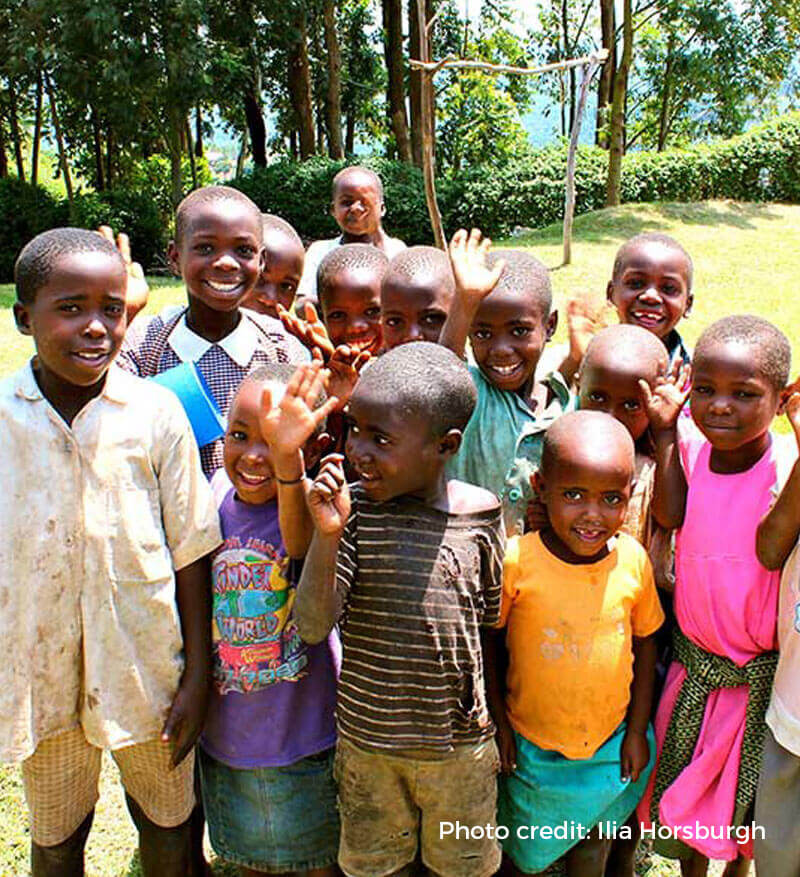
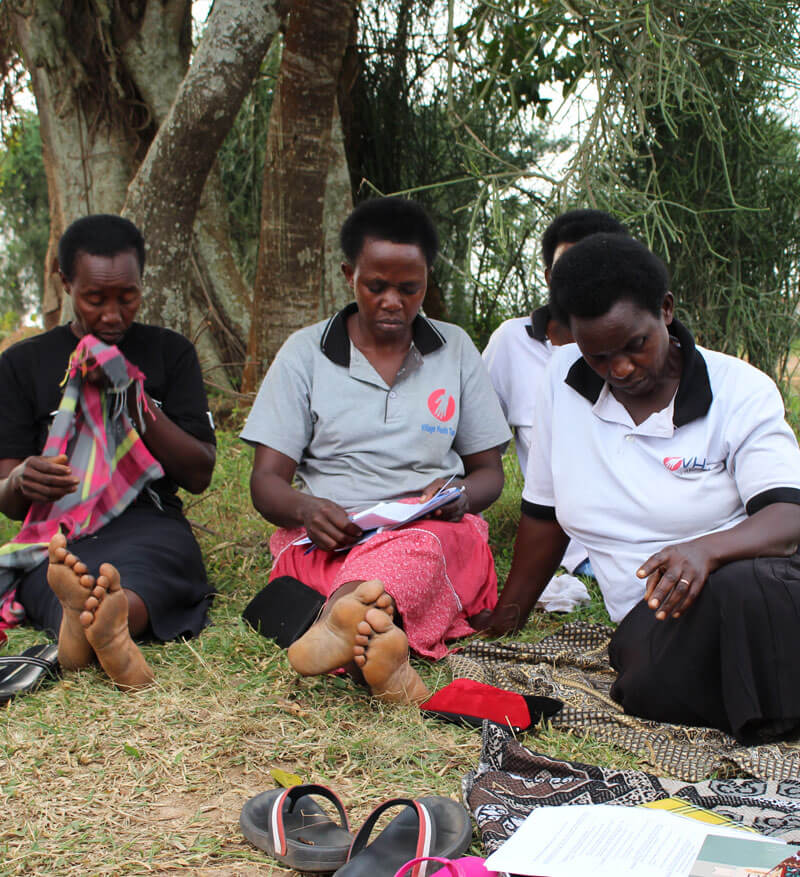
CASE INSIGHTS
Healthy Child Uganda’s MamaToto approach offers an effective, replicable community health worker engagement package that is suitable for implementation by districts and that can be sustainable through integration into the existing health system structures. A network of effective VHTs can be successfully trained, supervised and retained to address MNCH challenges in their respective communities. Implementing the SOPETAR processes can contribute to increased interaction between the district level, health facilities and the community, which generates multiple feedback loops that are critical for effective implementation of programs. While the SOPETAR processes may be found within other program management models, the unique aspect is that SOPETAR defines key activities for action at each level including the district level, health facility level and community level. The experiences and results of the MamaToto approach have contributed to streamlining community health worker programs in East Africa including in Tanzania (Mwanza), where the MamaToto model is currently being replicated. A MamaToto health leaders’ course has been finalized and is offered by the Maternal, New-born and Child Health Institute at Mbarara University.
“With the training and support of HCU, we have been able to improve sanitation in homes, we have encouraged people to build drying racks and sleep under mosquito nets and encouraged them to seek medical help when they are sick.”
– Village Health Team member, Mbarara
